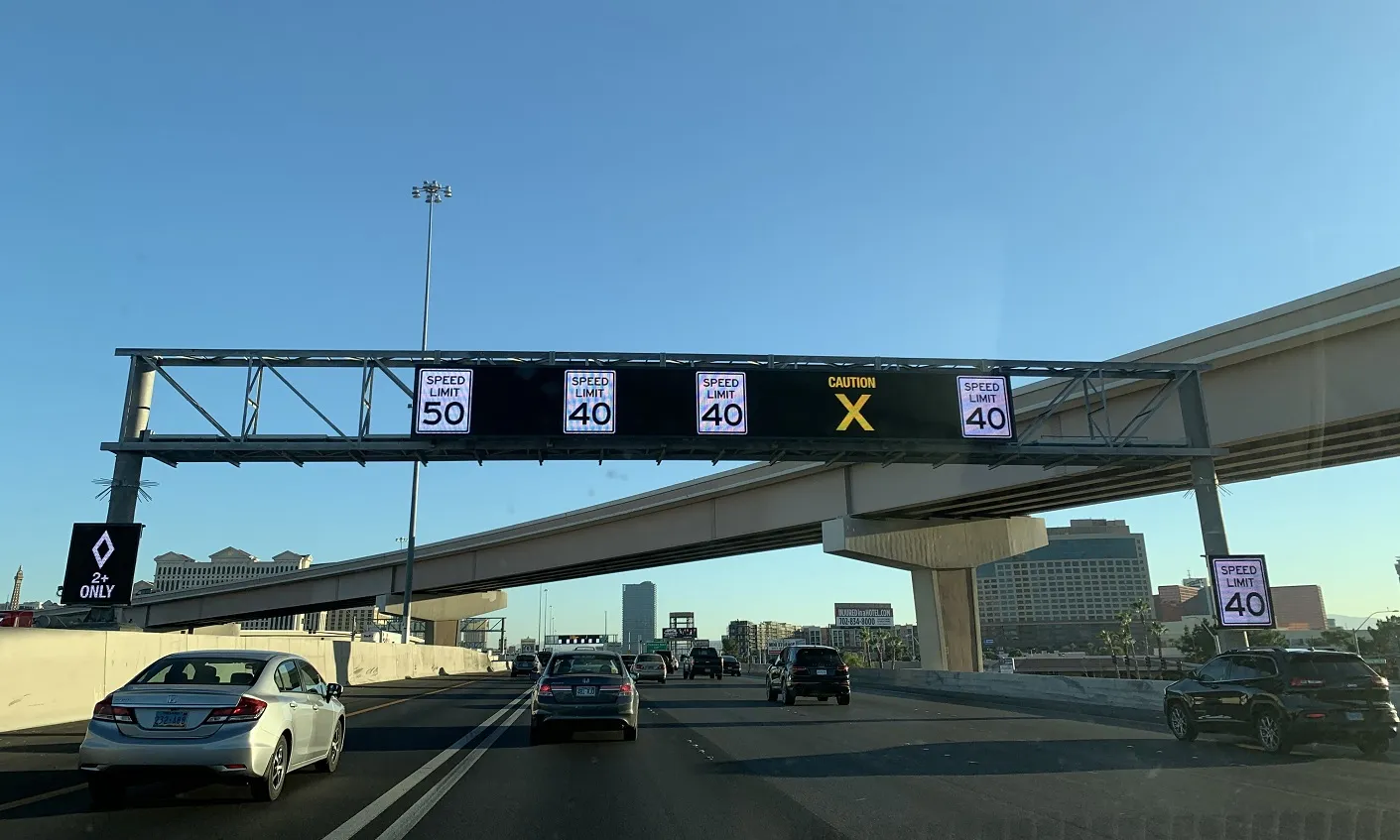Solutions supplied by Siemens are helping to improve traffic conditions at the Coentunnel, one of the most heavily used traffic arteries in the Netherlands, used by 100,000 vehicles every day. The tunnel, which links Amsterdam to the province of North Holland, has been a cause of traffic congestion and delays for many years. A much-needed second tunnel opened in spring 2013, together with a three kilometre long elevated section of freeway connecting the tunnel with the southern part of the city to relieve t
July 9, 2013
Read time: 2 mins
Solutions supplied by 189 Siemens are helping to improve traffic conditions at the Coentunnel, one of the most heavily used traffic arteries in the Netherlands, used by 100,000 vehicles every day.
The tunnel, which links Amsterdam to the province of North Holland, has been a cause of traffic congestion and delays for many years. A much-needed second tunnel opened in spring 2013, together with a three kilometre long elevated section of freeway connecting the tunnel with the southern part of the city to relieve the heavily-used A10 route.
At the heart of the solution is the tunnel control centre's Sitraffic ITCC, which monitors and manages all of the operating and traffic systems and all of the outdoor equipment. A closed-circuit television system (CCTV) provides traffic monitoring, while the integrated automatic incident detection (AID) system provides identification of smoke as well as congestion and accidents.
Siemens also equipped the elevated section with state-of-the-art traffic technology including a traffic management system, monitoring technology and technical infrastructure components such as communication and camera technology.
To meet stringent safety requirements for the elevated section, Siemens used safety technologies similar to those used in the tunnel: sensors along the elevated section measure traffic volume and flow and automatically notify the control centre in the event of stationary traffic, slow-moving vehicles and wrong-way travel.
The tunnel, which links Amsterdam to the province of North Holland, has been a cause of traffic congestion and delays for many years. A much-needed second tunnel opened in spring 2013, together with a three kilometre long elevated section of freeway connecting the tunnel with the southern part of the city to relieve the heavily-used A10 route.
At the heart of the solution is the tunnel control centre's Sitraffic ITCC, which monitors and manages all of the operating and traffic systems and all of the outdoor equipment. A closed-circuit television system (CCTV) provides traffic monitoring, while the integrated automatic incident detection (AID) system provides identification of smoke as well as congestion and accidents.
Siemens also equipped the elevated section with state-of-the-art traffic technology including a traffic management system, monitoring technology and technical infrastructure components such as communication and camera technology.
To meet stringent safety requirements for the elevated section, Siemens used safety technologies similar to those used in the tunnel: sensors along the elevated section measure traffic volume and flow and automatically notify the control centre in the event of stationary traffic, slow-moving vehicles and wrong-way travel.










